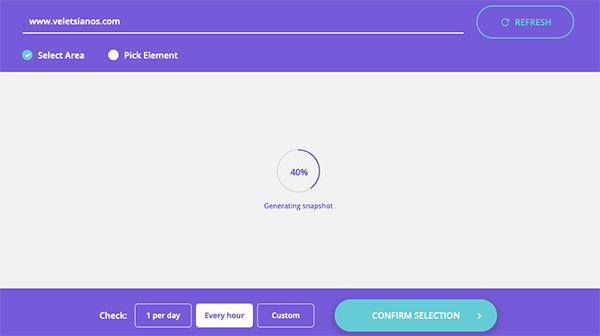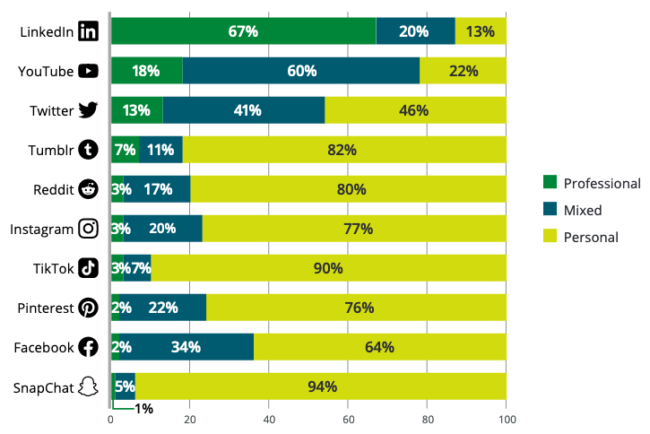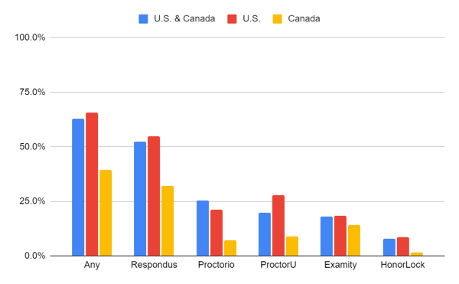Last week, I had to figure out a new-to-me process to be alerted in real-time when a website changed. I’m describing the problem, solution, and process here in case others find it useful.
Problem
- I need to monitor a website for real-time changes
- I need to be alerted about any changes in real-time.
- I cannot manually and continuously refresh the site.
- I cannot check the site periodically for changes , as I would risk being alerted about the change late.
- To be notified in real-time I need to receive a text or a phone call – not an email. I am not on email all the time. Phone notifications (other than texts/calls) are too distracting, turning us all into pigeons. So, I don’t use them.
Solution
There’s a number of website monitoring services that one can use to scan a site for edits, such as visualping and sken. These services send you an email you when they notice a change to a website you are interested in
I used sken for this solution because I had a sense of when the site would be updated, and Sken allows for monitoring websites during specific windows of time at specific intervals (e.g., “check www.veletsianos.com every 1 minute between 3 and 4pm daily”).
First, I created a motoring bot on Sken. Whenever a change is detected, I would receive an email.

Next, I created a filter in my email. I want to the filter to review any incoming emails, and when it notices an email from sken, to send a text message to my phone.

Did you know that you can send a text to a cell phone via email? Yep, that’s still a thing. All the filter above does it to send a text to my phone telling me that I have an email from sken. To do this for Canadian phone carriers, you just need to replace the [10-digit phone number] below with your number (e.g., the blurred forward above would be something like 7780000000@vmobile.ca)
- Rogers Wireless: [10-digit phone number]@pcs.rogers.com
- Fido: [10-digit phone number]@fido.ca
- Telus: [10-digit phone number]@msg.telus.com
- Bell Mobility: [10-digit phone number]@txt.bell.ca
- Kudo Mobile: [10-digit phone number]@msg.koodomobile.com
- Sasktel: [10-digit phone number]@sms.sasktel.com
- Solo: [10-digit phone number]@txt.bell.ca
- Virgin: [10-digit phone number]@vmobile.ca
I’ve since solved the problem and deleted the tracker and forwarding. I’m certain that there’s more elegant solutions available (e.g., a website monitoring service that also sends a text in addition to email), but this worked for me. In the process, I learned some things that I can conceivably see being used as part of a data collection strategy (e.g., identifying change over time, such as for example school/university guidance on remote teaching or plans for reopening, etc).


